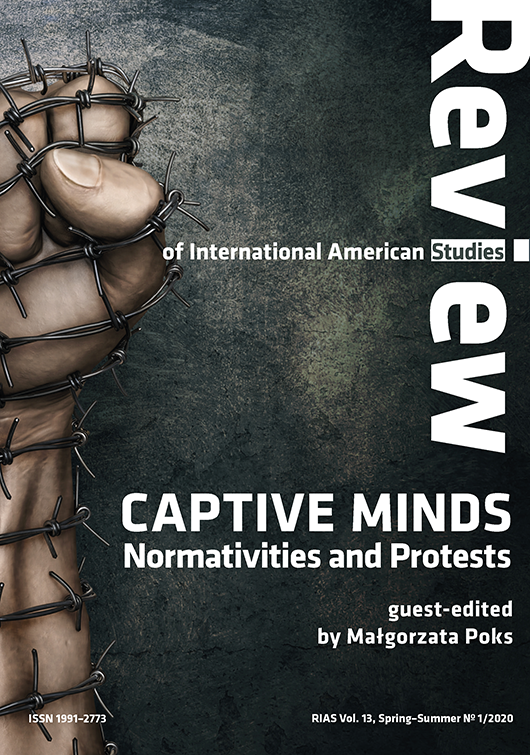Barnhill, David Landis. “Great Earth Saṅga: Gary Snyder’s View of Nature as Community.” Buddhism and Ecology: The Interconnection of Dharma and Deeds. Harvard UP, 1998, pp. 187-217.
Google Scholar
Buddhist Peace Fellowship. http://www.buddhistpeacefellowship.org/about-bpf/history/.
Google Scholar
Carter, Robert. E. The Japanese Arts and Self-Cultivation. New York Press,2008.
Google Scholar
Cleary, Thomas. The Flower Ornament Scripture, a Translation of the Avatamsaka Sutra. Shambhala, 1993.
Google Scholar
Cook, Francis H. Hua-yen Buddhism. The Jewel Net of Indra. Delhi, India: Sri Satguru Publications, 1977.
Google Scholar
Deutsch, Eliot. Studies in Comparative Aesthetics. Monographs of the Society for Asian and Comparative Philosophy, no. 2. U of Hawaii P,1975.
Google Scholar
Dumoulin, Heinrich. Zen Buddhism: a History. Vol 1 India and China. Translated by James W. Heisig and Paul Knitter. Macmillan, 1988.
Google Scholar
Gonnerman, Mark, editor. A Sense of the Whole: Reading Gary Snyder’s Mountains and Rivers Without End. Counterpoint, 2015.
Google Scholar
Hanh, Thich Nhat. “The Order of Interbeing.” Comparative Political Culture in the Age of Globalization: An Introductory Anthology. Edited by Hwa Yol Jung. Lexington Books 2002,pp. 205-212.
Google Scholar
Heine, Steven. The Zen Poetry of Dōgen: Verses from the Mountain of Eternal Peace. Tuttle Publishing, 1997.
Google Scholar
Hinton, David. Chuang Tzu. The Inner Chapters. Translated and with commentary by David Hinton. Counterpoint, 2014.
Google Scholar
Hinton, David. The Wilds of Poetry. Adventures in Mind and Landscape. Shambhala, 2017.
Google Scholar
Martin, Julia . “Practising Emptiness: Gary Snyder’s Playful Ecological Work.” Western American Literature, vol. 27, no. 1, Spring 1992, pp. 3-19.
Google Scholar
Martin, Julia. “Seeing a Corner of the Sky in Gary Snyder’s Mountains and Rivers without End.” Western American Literature, vol. 40, no. 1, Spring 2005, pp. 55-87.
Google Scholar
Murphy, Patrick D. Literature, Nature, and Other: Ecofeminist Critiques. State U of New York P, 1995.
Google Scholar
Murphy, Patrick D .A Place for Wayfaring: The Poetry and Prose of Gary Snyder. Oregon State UP, 2000.
Google Scholar
Robertson, Robin. Indra’s Net: Alchemy and Chaos Theory as Models for Transformation. Quest Books, 2009.
Google Scholar
Snyder, Gary. A Place in Space: Ethics, Aesthetics, and Watersheds: New and Selected Prose. Counterpoint, 1995.
Google Scholar
Snyder, Gary.Axe Handles. North Point Press, 1983.
Google Scholar
Snyder, Gary. Back on the Fire: Essays. Shoemaker & Hoard, 2007.
Google Scholar
Snyder, Gary. Mountains and Rivers without End. Counterpoint,1996.
Google Scholar
Snyder, Gary. Regarding Wave. New Directions, 1970.
Google Scholar
Snyder, Gary. The Old Ways: Six Essays. City Lights, 1977.
Google Scholar
Snyder, Gary. The Practice of the Wild: Essays by Gary Snyder. Counterpoint, 1990.
Google Scholar
Snyder, Gary. The Real Work: Interviews and Talks 1964-1979. Edited by William Scott McLean. New Directions, 1980.
Google Scholar
Snyder, Gary. This Present Moment. New Poems. Counterpoint, 2015.
Google Scholar
Snyder, Gary. Turtle Island. New Directions, 1974.
Google Scholar
Stalling, Jonathan, Poetics of Emptiness. Transformations of Asian Thought in American Poetry. Fordham UP, 2010.
Google Scholar
Suzuki, Daisetz Teitaro. Zen and Japanese Culture. Routledge and Kegan Paul,1959.
Google Scholar
Watts, Alan. The Way of Zen. Vintage Books, 1985 [1957].
Google Scholar
Wirth, Jason M. Mountains, Rivers, and the Great Earth. Reading Gary Snyder and Dōgen in an Age of Ecological Crisis. State U of New York P, 2017.
Google Scholar
---. “Painting Mountains and Rivers: Gary Snyder, Dōgen, and the Elemental Sutra of the Wild.” Research in Phenomenology, vol. 44, 2014, pp. 240-261.
Google Scholar


 https://doi.org/10.31261/rias.7619
https://doi.org/10.31261/rias.7619

 10.31261/RIAS
10.31261/RIAS